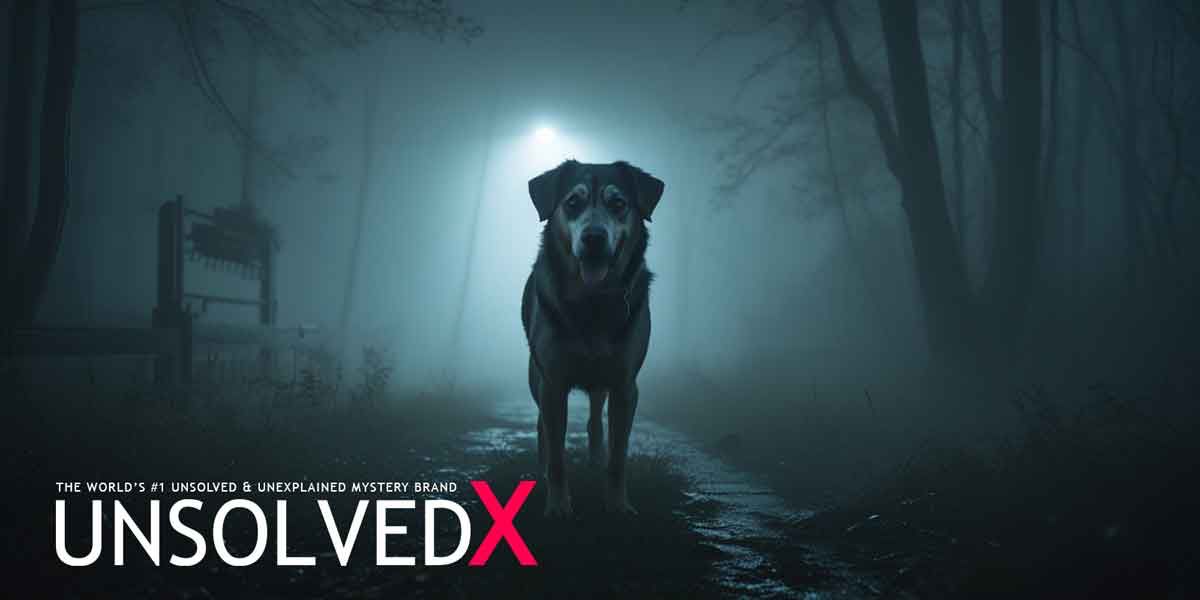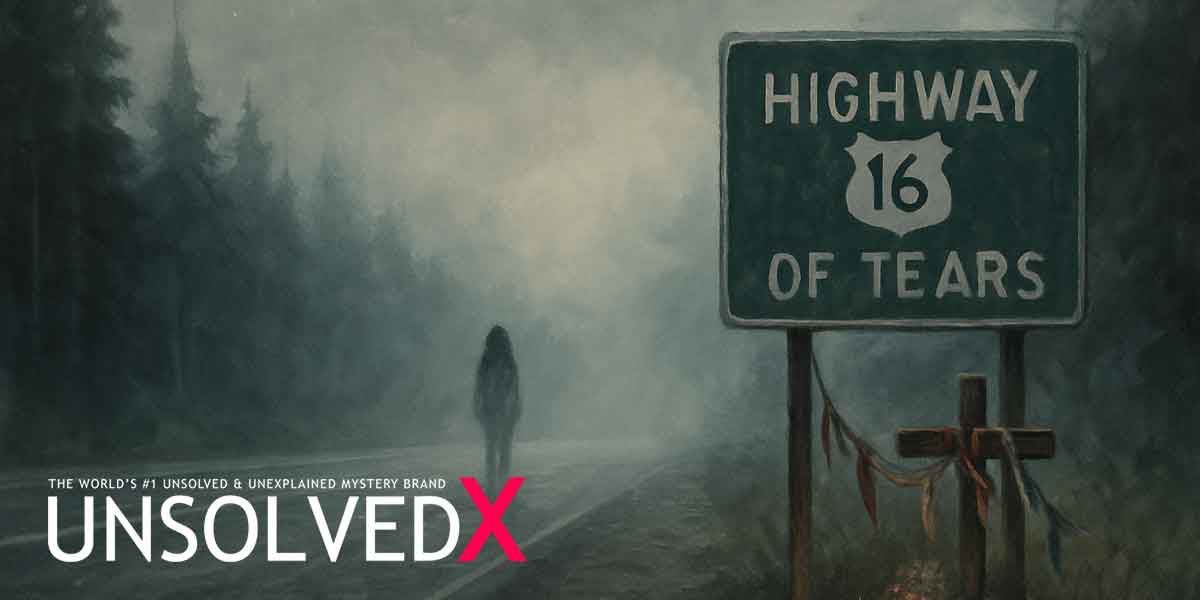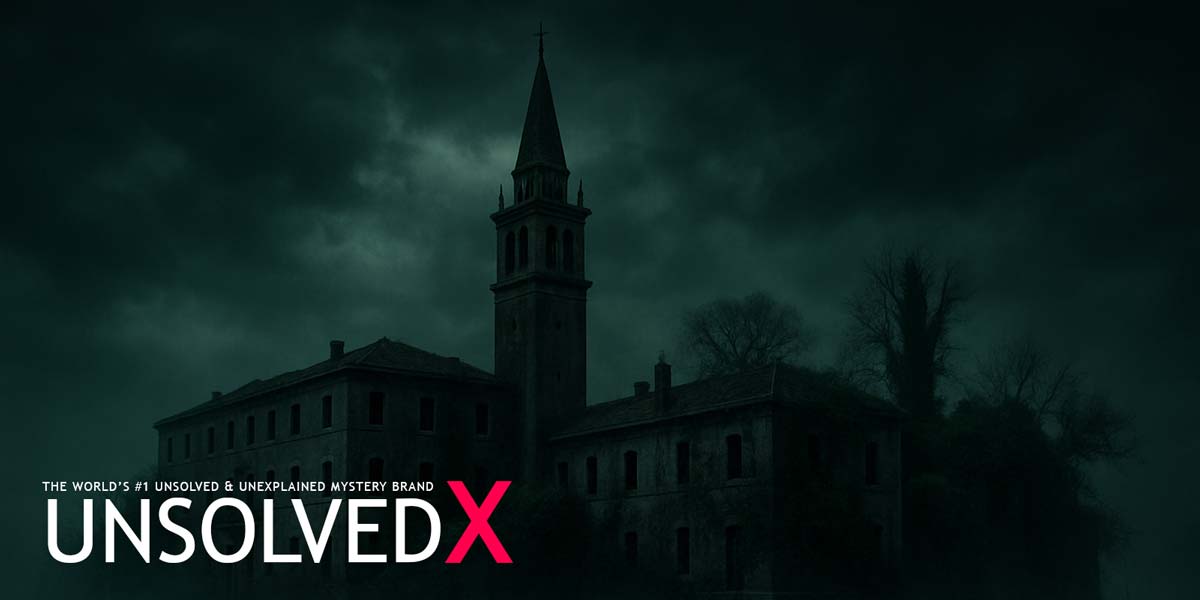The Enigmatic History of Overtoun Bridge
Nestled in the lush Scottish countryside near Dumbarton, Overtoun Bridge is a striking example of 19th-century architecture, completed in 1895 to the design of landscape architect H.E. Milner. This category B-listed structure, constructed from rough-faced ashlar with elegant Gothic arches, spans the Overtoun Burn, connecting the approach road to Overtoun House, a grand Scots Baronial estate built in 1862 by industrialist James White. The bridge’s ornate design, with a large central arch flanked by two smaller pedestrian arches, blends seamlessly with the verdant surroundings, making it a popular spot for locals and visitors. Yet, beneath its picturesque facade lies a chilling mystery that has baffled scientists, locals, and animal behaviorists for decades. Since the 1950s, the bridge has been the site of hundreds of inexplicable dog leaps, many resulting in fatal falls to the rocky gorge 50 feet below, earning it the haunting nickname “Dog Suicide Bridge.” The phenomenon has sparked global intrigue, with no definitive explanation, blending local folklore, scientific inquiry, and supernatural speculation.
The bridge’s history is intertwined with the Overtoun Estate, inherited by John Campbell White, later Baron Overtoun, who commissioned the bridge to enhance access across the deep ravine. Historical records suggest that even in its early days, the bridge was associated with strange occurrences, with rumors that Baron Overtoun’s own hunting dogs leapt to their deaths. The phenomenon gained traction in the 1950s, when reports of dogs jumping became more frequent, and by the 2000s, media coverage amplified its notoriety. Estimates vary, with some sources citing 300 to 600 dogs having jumped, and at least 50 confirmed deaths. The Scottish Society for the Prevention of Cruelty to Animals investigated but found no conclusive answers, leaving the mystery open to both rational and paranormal interpretations. This enduring enigma has made Overtoun Bridge a focal point for researchers and tourists drawn to its eerie reputation.
Theories Behind the Canine Leaps
One of the most prominent rational explanations centers on the sensory environment of the bridge. In 2005, canine psychologist Dr. David Sands, alongside wildlife expert David Sexton, conducted an investigation that pointed to the scent of mink as a potential trigger. Minks, introduced to Scotland in the 1950s—coinciding with the onset of the jumps—are small mammals related to otters, known for their strong, musky odor. Sands’ experiment revealed that seven out of ten long-nosed dogs, such as collies and retrievers, were irresistibly drawn to mink scent, often ignoring other stimuli like mouse or squirrel scents. The theory suggests that dogs, particularly hunting breeds with keen olfactory senses, catch the mink’s scent wafting from the gorge below, leap onto the bridge’s low parapet walls to pursue it, and misjudge the 50-foot drop due to the bridge’s design, which creates an optical illusion of level ground. The Royal Society for the Protection of Birds supported this, finding evidence of mink nests beneath the bridge, particularly on the right side, where most jumps occur. However, local hunter John Joyce, a 50-year resident, disputed this, claiming no minks inhabit the area, highlighting the theory’s limitations.
Despite the mink hypothesis, other rational theories have emerged. Some suggest that the bridge’s acoustics or environmental factors, like low-frequency sounds from nearby power lines or wind sweeping through the valley, could disorient dogs. However, Sands’ investigation ruled out unusual sound frequencies, including those from the nearby Faslane Naval Base, home to the UK’s nuclear submarines. Another possibility is that the bridge’s low parapets, combined with dense foliage, obscure the steep drop, leading dogs to misjudge the edge. Owners like Lottie Mackinnon, whose Border collie Bonnie jumped in 2016, described their dogs as “possessed” or fixated on something unseen, suggesting a complex interplay of sensory overload. Yet, these explanations fail to account for why dogs consistently jump from the same spot—between the last two parapets on the right side—and often on clear, dry days when scents are strongest. The persistence of these patterns, coupled with reports of surviving dogs attempting to jump again, deepens the mystery, leaving room for alternative theories to take hold.
Paranormal Speculation and Cultural Impact
Local folklore offers a stark contrast to scientific theories, with many residents of Dumbarton, a town known for its superstitious leanings, attributing the jumps to supernatural forces. One enduring legend points to the “White Lady of Overtoun,” believed to be the ghost of Lady Overtoun, the widow of Baron Overtoun, who died in 1908. Locals claim her spirit haunts the bridge and estate, luring dogs to their deaths. Author Paul Owens, in his book The Baron of Rainbow Bridge, argues that the bridge is a “thin place,” a Celtic concept describing locations where the boundary between the physical world and the afterlife is permeable. He recounts personal experiences, like feeling a “phantom jab” on the bridge, and suggests dogs, with their heightened sensitivity to the supernatural, are drawn to leap toward this otherworldly realm. This theory resonates with stories like that of Alice Trevorrow, who in 2014 reported her Springer Spaniel Cassie staring at something above the bridge before jumping, describing the act as “sinister” and out of character.
The bridge’s dark reputation extends beyond canine incidents. In 1994, a tragic event amplified its ominous aura when a man, suffering from paranoid schizophrenia, threw his two-week-old son to his death from the bridge, believing the child was the Antichrist. He claimed the location was chosen due to its association with “dark spirits and ancient Druids,” further embedding the bridge in local lore. This incident, combined with the dog leaps, has inspired cultural works, including a 2023 short film, The Bridge, by Heel Films, which explores the site’s alleged paranormal activity. The mystery has also drawn parallels to the concept of the “Rainbow Bridge,” a poetic metaphor for a pet’s journey to the afterlife, with some speculating that Overtoun Bridge is a literal manifestation of this crossing. Despite these haunting tales, the lack of concrete evidence for paranormal activity keeps the debate alive, with signs now posted urging dog owners to leash their pets, a practical response to an unresolved enigma. As Overtoun Bridge continues to captivate, it remains a testament to the enduring allure of the unexplained, drawing visitors to ponder whether science or spirits hold the key to its secrets.










Comments
Comments section coming soon!